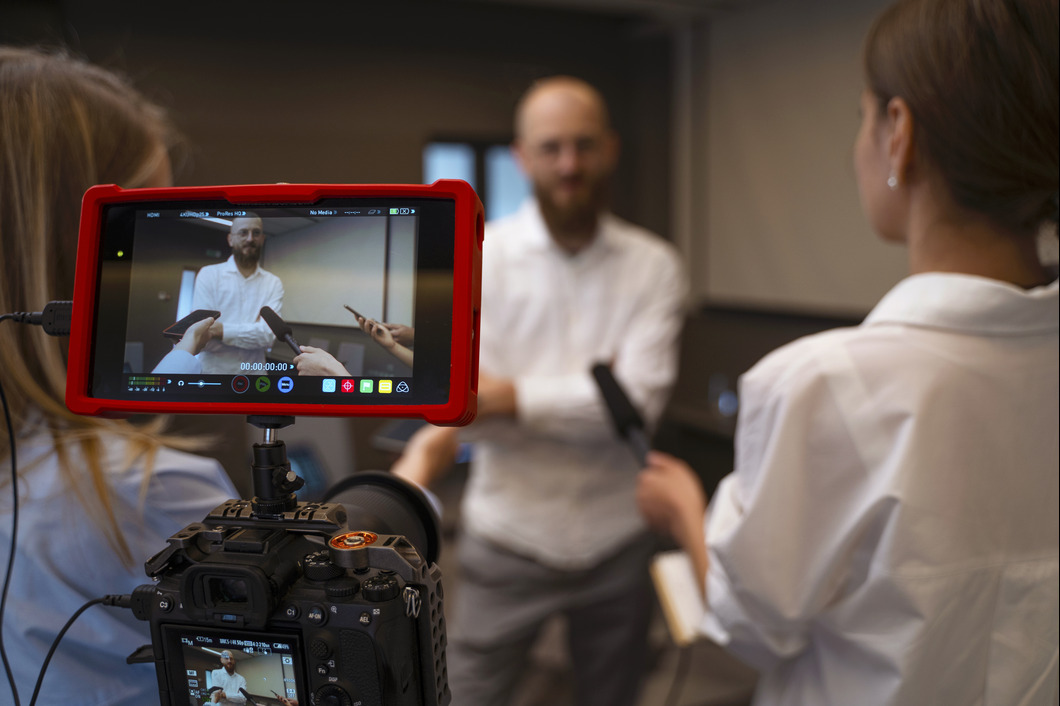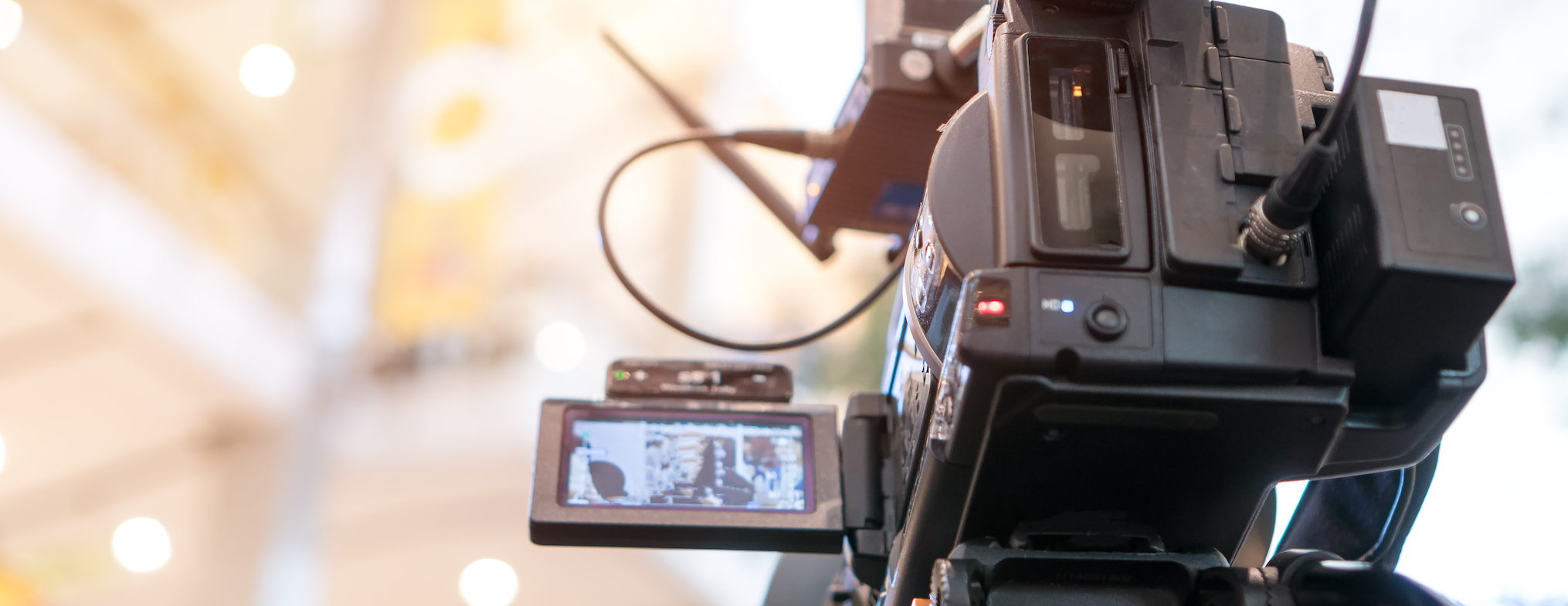The Role of Legal Videography in Modern Legal Process
The Role of Legal Videography in Modern Legal Process
Blog Article
Diving Into the Devices of Legal Videography: Unveiling Its Operation in Shielding Genuine Aesthetic Testament for Judicial Procedures
In the world of judicial process, the function of legal videography stands as a foundation in protecting and providing aesthetic proof. As modern technology remains to advance, the devices behind lawful videography have come to be significantly detailed, supplying a critical layer of credibility to testaments captured on video. By delving into the operational intricacies of legal videography, one can uncover the careful procedures that protect the honesty of visual evidence offered in courts - Legal Videography. This expedition not only sheds light on the historical advancement of legal videography however additionally means the future patterns that may even more reinvent exactly how aesthetic testimonies are promoted in the realm of justice.
Historical Advancement of Lawful Videography
Analyzing the historical progression of legal videography reveals a substantial makeover in the catching and presentation of visual evidence within the lawful landscape. In the past, legal proceedings heavily relied upon created transcripts and photos to record occasions and offer proof. With the arrival of video modern technology, the legal market saw a standard change in just how aesthetic testimony was captured and presented.
The development of lawful videography can be mapped back to the late 20th century when developments in video recording tools made it a lot more obtainable for use in courts. This technological development not only boosted the accuracy and integrity of visual evidence however additionally changed the method instances were presented to courts and courts (Legal Videography). Lawyers began to acknowledge the influential power of video clip recordings in communicating emotions, nuances, and non-verbal cues that created records or photos alone might not catch effectively

Innovation Developments in Video Documentation
What vital technological advancements have transformed video paperwork in the legal field? The lawful field has seen significant developments in video documents innovation that have actually boosted the credibility and dependability of visual proof in judicial proceedings. Among the crucial advancements is high-def (HD) video clip recording capacities, which supply crystal-clear images and sharp information that are critical for properly catching statements, face expressions, and other aesthetic cues. In addition, the assimilation of timestamping and metadata attributes in video documents tools has actually enabled precise documentation of when and where the video was recorded, guaranteeing the stability of the proof presented in court.
Additionally, advancements in video security and watermarking modern technologies have bolstered the safety and tamper-proof nature of video clip proof, guarding it versus unauthorized modifications or tampering. The arrival of cloud storage services and remote accessibility capabilities has streamlined the storage space, access, and sharing of video proof, assisting in smooth collaboration amongst lawful experts and making certain efficient access to important visual statements when required. These technical innovations in video paperwork have actually undoubtedly transformed the legal field, improving the accuracy, reputation, and admissibility of visual evidence in judicial procedures.
Function of Legal Videographers in Court Room Setups
The development of video clip documentation technology in the legal field has actually required an important duty for legal videographers in court room setups, making certain the stability and reliability of visual testimonies offered during judicial procedures. Legal videographers play a fundamental my site role in capturing and preserving accurate aesthetic proof that can be essential in lawsuit. Their responsibility includes setting up devices, recording process, and generating premium video clips that properly reflect the occasions in the court.
In court room settings, lawful videographers should abide by stringent guidelines and criteria to maintain the authenticity of the aesthetic document. They should have an eager eye for detail and a thorough understanding of lawful procedures to make sure that the video they capture is a real depiction of the events that took place. Additionally, lawful videographers usually function closely with lawful teams to ensure that the video clip evidence straightens with the situation's needs and can be effectively provided in court to sustain the legal arguments being made. On the whole, the role of lawful videographers in court room settings is vital in supporting the concepts of justice and making sure the transparency of legal proceedings.

Ensuring Admissibility and Stability of Video Clip Evidence
To maintain the credibility of aesthetic evidence provided in lawful procedures, making sure the admissibility and stability of video proof is an important obligation for lawful videographers. Admissibility describes the approval of proof by the court, and for video clip proof to be admissible, it has to meet certain requirements. Legal videographers play an important role in ensuring that the video clips they why not check here catch abide by the regulations of evidence, such as importance, reliability, and authenticity.
Integrity of video evidence involves maintaining the originality and precision of the footage from the moment it is recorded until it exists in court. This consists of securely saving the video files, recording the chain of protection, and preventing any type of tampering or modifications. Legal videographers need to abide by rigorous protocols to assure the stability of the video clip evidence and protect against any type of difficulties to its authenticity.
Future Trends in Legal Videography
Provided the enhancing dependence on modern technology in legal procedures, lawful videographers are positioned to embrace innovative innovations shaping the future of visual statement capture and presentation. Among the prominent patterns on the perspective is the integration of digital reality (VR) and enhanced truth (AR) technologies right into lawful videography. These innovations have the possible to reinvent how aesthetic evidence exists in courtrooms, enabling courts and juries to submerse themselves in the scene of the criminal offense or event.
Additionally, making use of expert system (AI) formulas for video evaluation is anticipated to simplify the procedure of evaluating and examining huge amounts of video clip footage. AI can help in recognizing key minutes, abnormalities, and patterns within videos, boosting the effectiveness of legal investigations.

Final Thought
Finally, legal videography has actually played a critical duty in giving authentic visual evidence for judicial procedures. With technological improvements and the know-how of lawful videographers, the honesty and admissibility of video clip proof are made sure in court room settings. As lawful videography continues to progress, it will be crucial to copyright standards that keep the precision and dependability of visual testimony for the future of legal index proceedings.
Checking out the historical development of lawful videography reveals a considerable change in the recording and presentation of aesthetic proof within the legal landscape.The development of video paperwork modern technology in the lawful area has actually necessitated a vital function for legal videographers in courtroom settings, making sure the stability and dependability of visual testimonies presented throughout judicial process. In addition, legal videographers typically function closely with legal teams to guarantee that the video evidence lines up with the instance's requirements and can be efficiently provided in court to support the lawful debates being made.To maintain the reputation of visual evidence offered in legal proceedings, ensuring the admissibility and honesty of video evidence is an essential responsibility for lawful videographers. As legal videography proceeds to evolve, it will be crucial to copyright standards that keep the precision and reliability of aesthetic statement for the future of legal proceedings.
Report this page